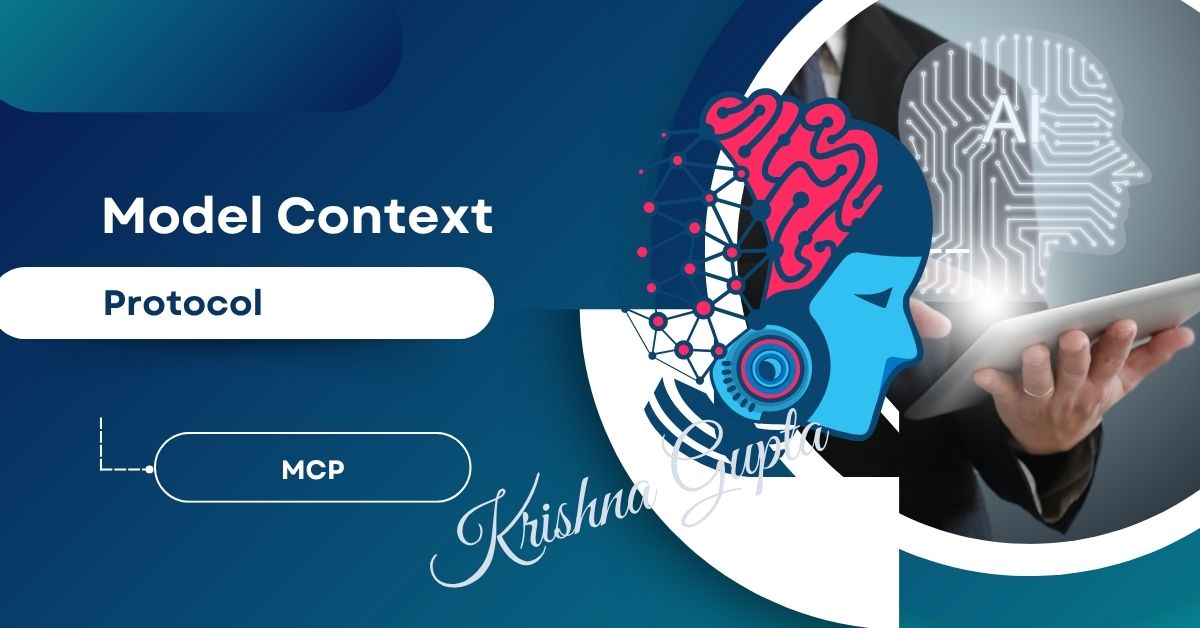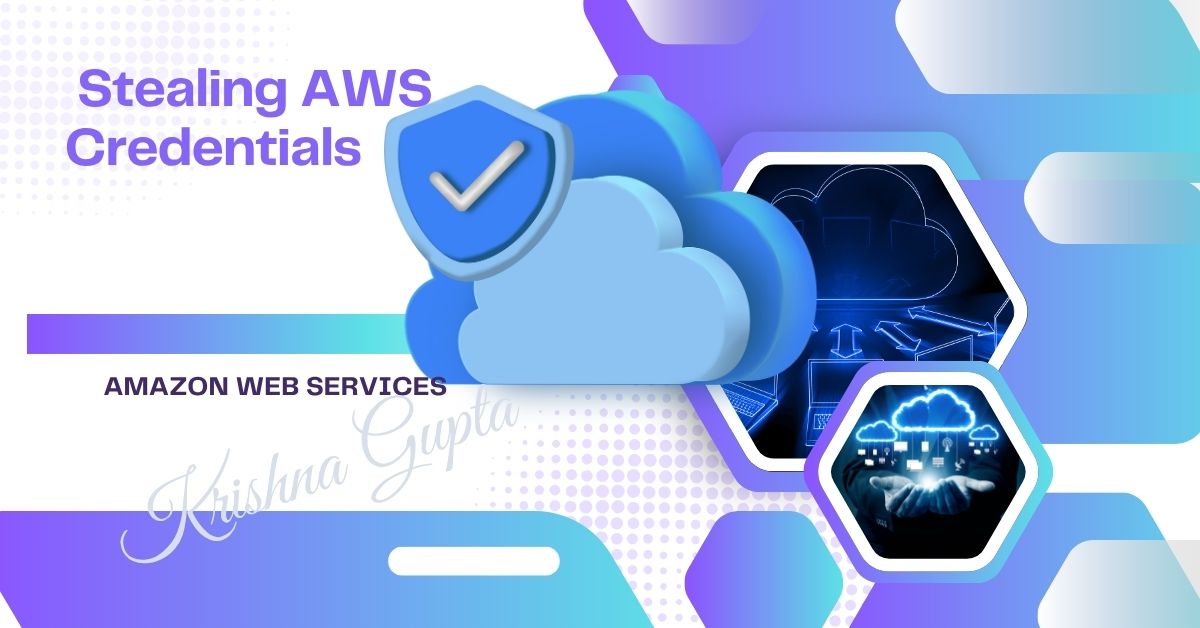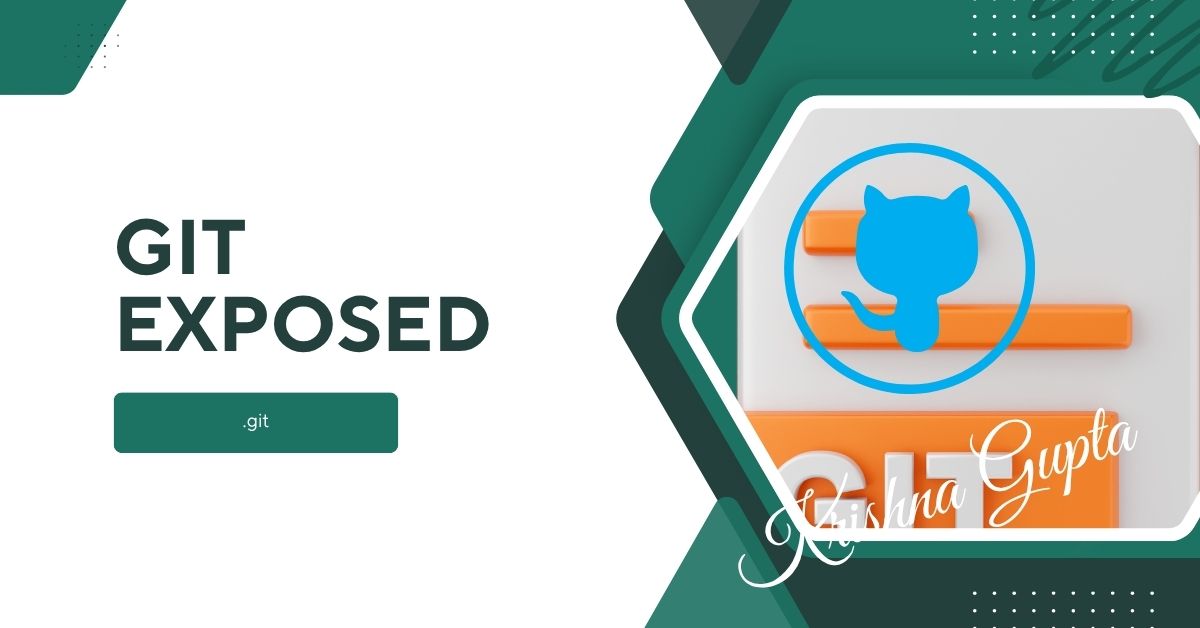Why CTEM (Continuous Threat Exposure Management) is the Missing Link Between Cyber Risk and Business Resilience for the C-Suite
As digital transformation accelerates across sectors, enterprise leaders find themselves in a perpetual game of cybersecurity catch-up. Yet, amidst soaring regulatory demands, third-party risks, and aggressive threat actors, one foundational gap persists: the lack of real-time, context-driven, continuously updated visibility into threat exposure.
Enter Continuous Threat Exposure Management (CTEM) — not merely a technical upgrade, but a business-critical capability. CTEM empowers the C-Suite to shift from a reactive to a proactive security posture, aligning cyber risk with business resilience, revenue continuity, and stakeholder trust.




